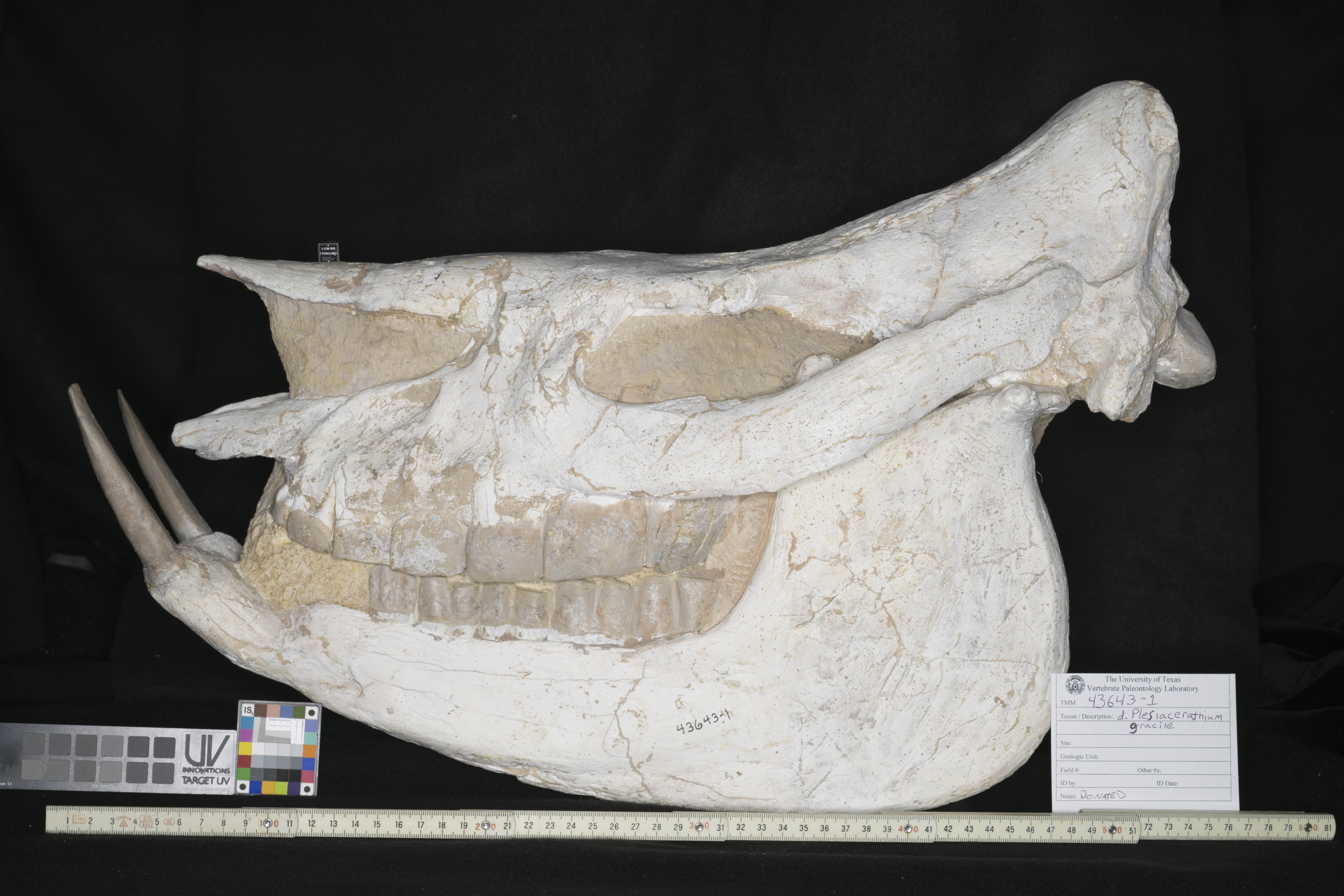Not known Factual Statements About Restoration Service
Wiki Article
5 Easy Facts About Restoration Service Shown
Table of ContentsThe Best Guide To Restoration ServiceAn Unbiased View of Restoration ServiceThe smart Trick of Restoration Service That Nobody is DiscussingRestoration Service Fundamentals ExplainedThings about Restoration Service
The second method to treating damp specimens is the slow, regulated drying approach to stop breaking and delamination. The damp specimens can be placed in the tanks and also plastic food wrap put over the top with a rubber band around the boundary to hold the plastic wrap tight.For bigger samplings, an inexpensive, yet useful drying out box can be quickly constructed by positioning an item of clear plastic sheet, such as Visqueen, over a sturdy box. Place the wet sampling inside package and reduced a couple of flaps or slits in the plastic. The flaps will enable a slow, controlled exchange of the damp air in package with the lower RH (family member moisture) ambient air outside the box.
Once again, flaps or slits reduced into the bag or camping tent would certainly manage the air flow. To check adjustments in RH, a humidity gauge can be put in the control location in addition to the sampling. One adverse side effect of the sluggish drying out approach which maintains the sampling wet for an extended period of time is that it cultivates mold growth.
The Buzz on Restoration Service
The objective of all managed drying out treatments is to bring the high RH of the damp specimen slowly downward until it matches that of the storage space location. Even if a water based consolidant is used to preserve (protect) a wet sampling, it is suggested to use controlled drying procedures until the specimen is stabilized to storage environment problems.
Storage space below 50% RH can lead to breaking as well as shrinking as the sampling dries out. RH above 70% urges mold and fungal development which can damage sub-fossil bone. Since both RH and also mold and mildew as well as fungal growth are temperature dependent, it is crucial to keep the temperature in the slim great variety of 65 to 72 levels - Restoration Service.
Please remember that waterbased consolidants need to never be put on specimens which have actually thoroughly dried out. Particular interest should be provided to filler materials utilized to fix or bring back sub-fossil bone. Products which shrink or increase upon curing need to be stayed clear of as either action can harm the specimen. Plaster should not be made use of on really completely dry samplings, since the water in the plaster will trigger the sampling to swell and split.
Getting The Restoration Service To Work
Epoxy putties, like Magic Sculp, although they are not quickly relatively easy to fix, are alright if the repair is long-term, as well as not one that is most likely to be reversed. Butvar or polyvinyl acetate adhesives can be loaded with Cab-O-Sil or silica microbeads to form a rigid paste that can be made use of to fill cracks as well as spaces.Polyethylene glycol (PEG), or Carbo, Wax, as it is frequently called is a water soluble wax made use of for maintaining damp wood artefacts. Its usage as a consolidant for damp bone has mixed reviews, specifically when it is dissolved in water to make a solidifying service for bone. Nevertheless, it has actually been utilized to eliminate wet samplings from caves or other moist environments by thawing the Carbo, Wax and also putting it over the specimen.

All About Restoration Service
After the material had healed for 6 hours, he immersed his sampling in a 5% aqueous remedy of thioglycollic acid (19 components distilled water to 1 part thioglycollic acid). The enhancement of the calcium orthophosphate is to stop the thioglycollic acid from scavenging phosphate from the bone.
My first experiment on removing iron down payments with thioglycollic acid got on a chert tool from the Aucilla River. The chert sampling was so greatly encrusted with iron down payments, that it was difficult to discern the real nature or shape of the device. I put the tool in a 5% remedy of thioglycollic acid comprised as aboveexcept that I overlooked the calcium orthophosphate.
Top Guidelines Of Restoration Service
The sampling was left Website in the acid option for 48 hrs. It was then eliminated, washed in water, and put in a 5% ammonium hydroxide option for a few minutes to counteract the acid. At this factor the specimen was put in a water bathroom for numerous hrs. The iron deposits had relied on a soft, fine-grained movie that combed away easily with a soft tooth brush.Thioglycollic acid is available from Fisher Scientific supplies at a cost of about $25 dollars per 100 ml bottle. That would make regarding 2000 ml of 5% service. When working with any type of chemicals, one must constantly check out the products safety and useful link security information sheets which the suppliers provide and follow all guidelines for safe usage.
Hydrogen sulfide is a harmful gas, however acquainted to everybody as the odor of rotten eggs and also sewage system gas. In the tiny amounts made use of for getting rid of iron from flint devices, the usage of this acid ought to provide few problems, especially if the process is carried out in a fumehood or in a covered container put in a well ventilated space.
Report this wiki page